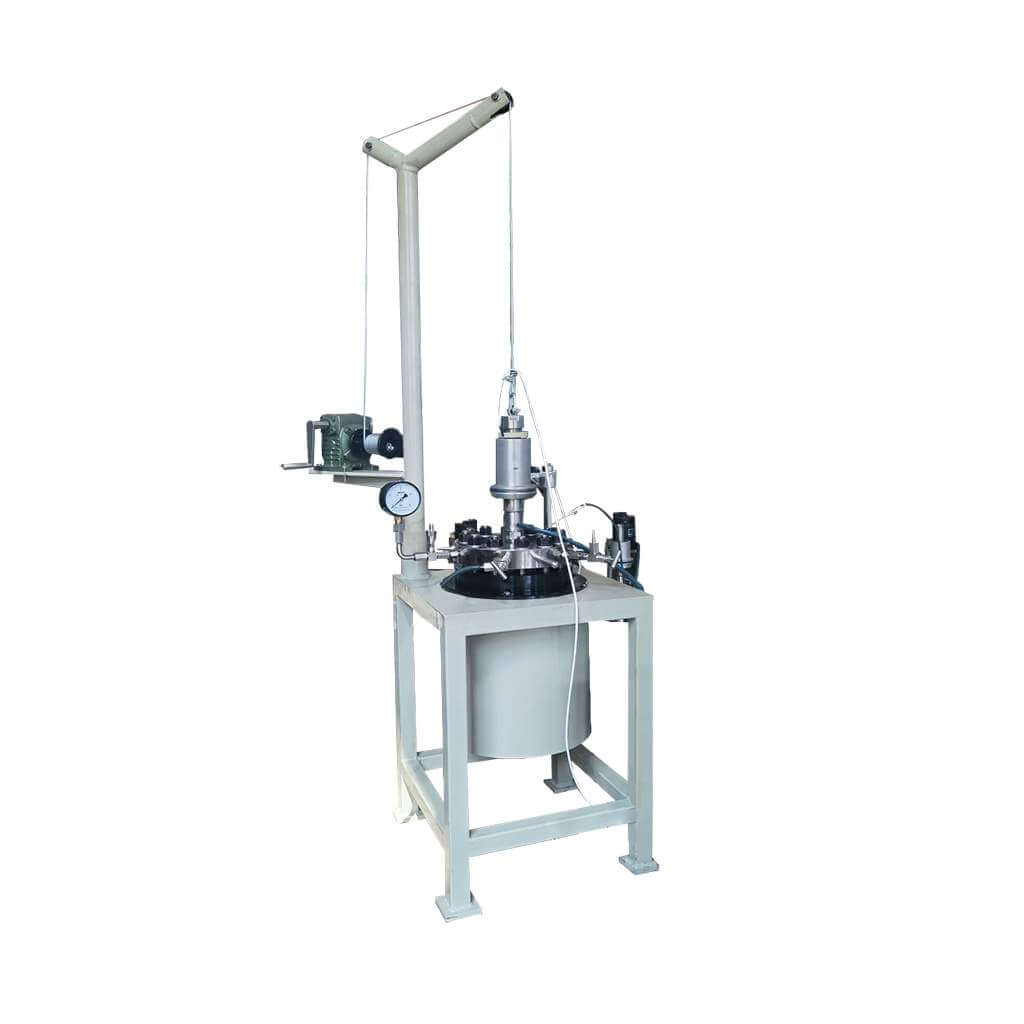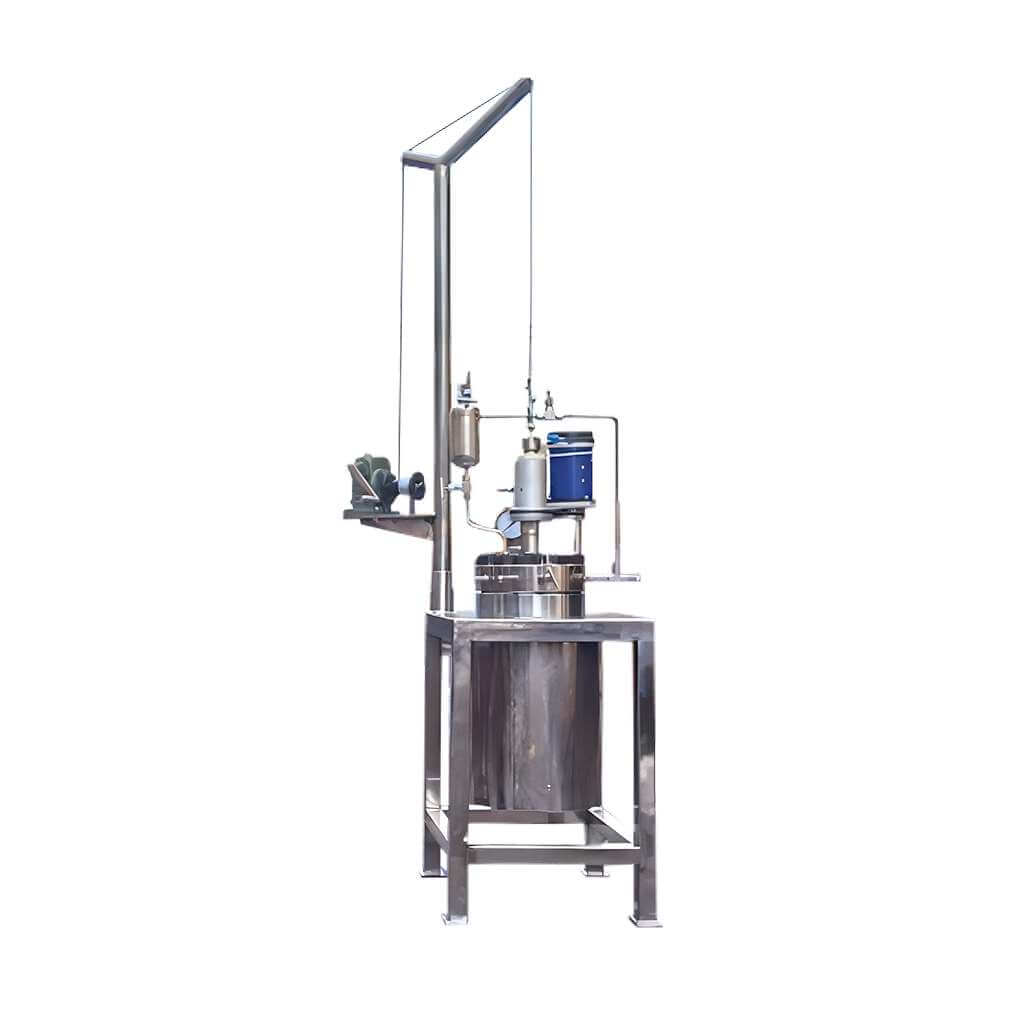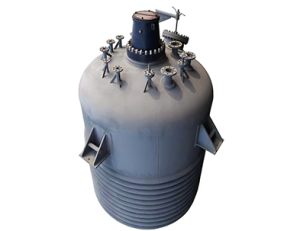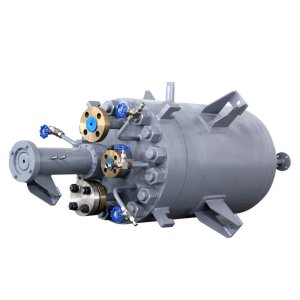A laboratory hydrogenation reactor is a kind of reaction equipment used for hydrogenation reactions. Hydrogen is a flammable and explosive gas. If hydrogen leaks and comes into contact with an open flame, it will easily explode and cause danger to the operator. Therefore, the electrical parts of the laboratory hydrogenation reactor are explosion-proof, and their purpose is to prevent the generation of sparks and the detonation of hydrogen. The laboratory hydrogenation reactor is a combination of a reaction vessel, reaction condition control system, and experimental equipment. Strictly control important parameters such as temperature, pressure, stirring, and reactants/products during the reaction process.
Characteristics of the laboratory hydrogenation reactor
1.Due to its small volume, the laboratory hydrogenation reactor occupies a small space, so it is very suitable for universities and scientific research institutions to develop new products.
2.It has fast heating, high-temperature resistance, fast heat transfer, corrosion resistance, hygiene, and no pollution.
3.It can be heated automatically without a boiler and is very convenient to use.
4.It has low investment, fast production, and high efficiency.
5.All parts such as the pot body, pot lid, and stirrer are made of OCr18Ni9 or 1Cr18Ni9Ti stainless acid-resistant steel plates, so they meet sanitary standards.
Laboratory hydrogenation reactor temperature control system
The temperature control of the laboratory hydrogenation reactor relies on the temperature change of the thermal oil in the jacket of the laboratory hydrogenation reactor to control the temperature inside the reactor. The more heat-conducting media there are in the system, the less effective power is used in the kettle body, and the slower the temperature control speed.
The heat load during the temperature change process of the entire system of the laboratory hydrogenation reactor is the total amount of heat transfer oil in the entire system. The larger the volume of the oil bath in the laboratory hydrogenation reactor kettle, the smaller the effective power used in the kettle, and the slower the response and rate of the heating and cooling of the reactants in the kettle.
The liquid circulation of the entire system of the laboratory hydrogenation reactor is closed. The system is equipped with an expansion vessel. The expansion vessel and the liquid circulation are insulated and do not participate in the liquid circulation, but are only mechanically connected. Regardless of whether the temperature of the liquid circulation in the laboratory hydrogenation reactor is high temperature or low temperature, the medium in the expansion vessel is lower than 60 degrees. The entire liquid circulation of the laboratory hydrogenation reactor is a closed system. There is no absorption of water vapor at low temperatures and no oil mist is generated at high temperatures. Thermal oil can achieve a wide range of working temperatures. The same machine and the same heat transfer medium can achieve temperature control from -100 degrees to 200 degrees. No mechanical or electronic valves are used in the entire circulation system of the laboratory hydrogenation reactor.
Maintenance of laboratory hydrogenation reactor
When maintaining the laboratory hydrogenation reactor, always pay attention to the working condition of the entire equipment and reducer. If the reducer lubricating oil is insufficient, it should be replenished immediately. The electric heating medium oil should be replaced every six months, and the safety valve, pressure gauge, thermometer, distillation hole, electric heating rod, electrical instruments, etc. on the jacket and pot cover should be checked regularly. If there is a fault, it must be replaced or repaired immediately. When the equipment is not in use, be sure to clean the inner and outer walls of the container with warm water. Scrub the pot frequently to keep the exterior clean and the interior bright for durability.
RUNGYU laboratory hydrogenation reactor is small in size and has a simple and reliable structure. The laboratory hydrogenation reactor is unique in its resistance to high temperature and pressure, corrosion resistance, and friction, which avoids secondary pollution and ensures the purity of the material. Suitable for gas, convection, larger viscosity materials, and high-speed stirring reactions. Because of its unique properties, it has become one of the most commonly used equipment by scientific researchers.






